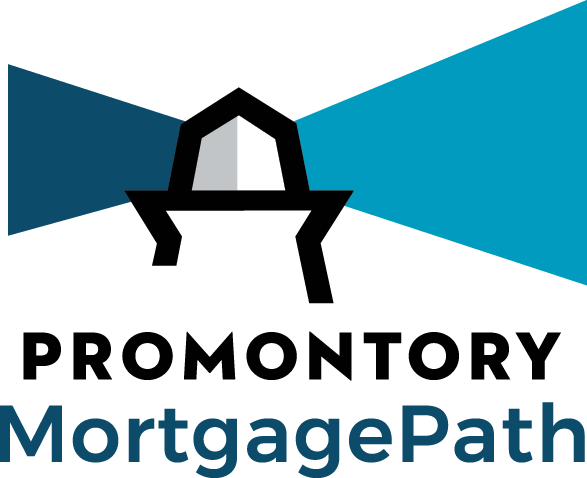
A Third Option for Banks Considering M&A
Brought to you by Promontory MortgagePath

“When you come to a fork in the road, take it.” – Yogi Berra, American baseball legend
Clearly, Yogi Berra didn’t quite see the fork in the road as a binary choice. The industry has seen more than 250 bank acquisitions over the past few years, and experts predict M&A activity could ramp up in 2022 as deals that were put on hold due to the Covid-19 pandemic finally come to fruition. But rather than exploring paths that could lead banks to either be a buyer or seller in a transaction, what if there was another option? A door number three, like in “Let’s Make a Deal.”
Bankers could embrace Yogi’s wisdom; that is, they could take a pass on buying or selling while opting for continued independence as a high-performing bank. Without being naive nor blind to the imminent wave of M&A activity, there are an abundance of strategic options and partnerships banks can employ to maintain independence and fuel growth.
As anyone who has been on either side of the M&A equation knows, absorbing and combining banks is a messy business full of complexity, unforeseen challenges and risk. Institutions that expect to be involved in a transaction would be well advised to consider alternate service delivery models for some of their existing lines of business to reduce M&A friction.
At the same time, digital transformation continues to be a recurring theme for the industry. What is your bank’s digital strategy? Is your bank curating the right digital experience for your customers? Is your bank exploring strategic partnerships that can streamline the back office while leveraging the customer-facing tech?
Mortgage is an ideal candidate for this due to the level of complexity, compliance risk and volatility it inherently poses. Merging two mortgage operations into a cohesive unit or injecting mortgage operations into an institution where it did not previously exist can be massive undertakings that only add to the difficulty of completing a merger or acquisition.
Regardless of what side of the M&A transaction a bank is on, a mortgage offering helps banks find scale to drive technology or other investments, expand their geography, acquire new customers and grow revenue. Offering this foundational financial product cost-effectively through an outsourced fulfillment partner allows banks to progress on those goals by eliminating what could be a significant source of potential friction.
Outsourcing back-office mortgage operations also provides substantial benefits to both potential acquirers and acquirees. From an acquirer’s perspective, a fulfillment service maximizes their mortgage profitability and portability, enabling them to seamlessly extend their operations into the target bank without the hassle of integrating systems or solving for staffing issues. Acquirers can immediately enhance the franchise value of its acquisition by introducing mortgage services and begin generating an entirely new revenue stream without establishing new operational infrastructure.
On the flip side, partnering with a mortgage fulfillment provider can enhance the attractiveness of banks looking to sell. Outsourcing mortgage fulfillment enables banks to reduce the overhead and expenses required to maintain a full-fledged mortgage operation in-house, which can improve the liabilities side of the balance sheet, making them a more financially attractive acquisition target.
Outsourcing mortgage also enables banks to stabilize their staffing needs, avoiding the industry’s traditional “hire-and-fire cycle” of staffing up during high volume periods to keep up with demand and severely reduce staff when volume inevitably slows. Outsourcing the labor-intensive fulfillment portion of the mortgage process allows prospective sellers to redeploy their internal resources and ensure maximum staff retention post-M&A.
Improving scale, efficiency, profitability and stakeholder value are always the objectives for any bank, whether they engage in M&A or choose to stay independent. Regardless of strategy, outsourcing mortgage fulfillment using innovative technology can be a critical strategy for banks looking to grow their product offerings and revenue in the short term while setting themselves up for sustainable high performance.
It’s tempting to aim for the fences with a grand slam when it comes to digital transformation. But maximizing the profitability of a key product segment like mortgage could be a nice, achievable win.


